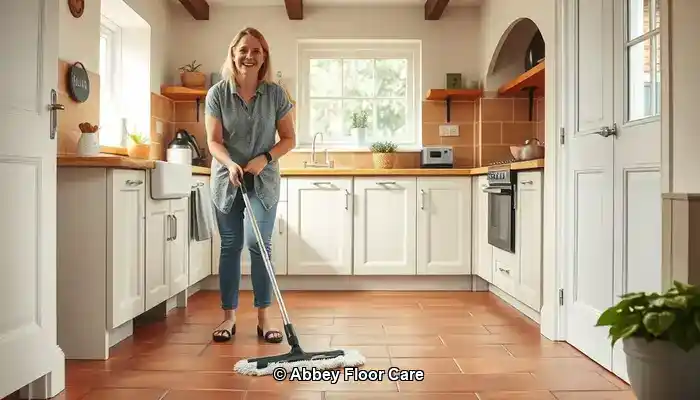
Last Updated on September 29, 2025 by David
Comprehensive Strategies for Maintaining Spotless and Inviting Terracotta Floors
-
- <b>Terracotta</b> tiles possess inherent porosity, making them prone to rapid dirt absorption, especially in humid climates like Surrey.
- Proper sealing is essential to guard against moisture and grime that can infiltrate the tile’s surface.
- <b>Consistent upkeep</b> is vital—daily sweeping and weekly mopping with pH-neutral cleaners are crucial for maintaining the tile’s visual attractiveness.
- Avoid harsh chemicals and steam mops, as these can damage the sealant and etch the tile’s surface.
- Eco-friendly cleaning products are highly recommended, particularly in homes with children and pets.
- <b>Expert restoration services</b> can provide thorough cleaning and resealing to ensure long-lasting protection.
- Strategically placed rugs and mats in areas with high foot traffic can greatly minimize dirt transfer.
- <b>Moisture control</b> is essential—ensure proper ventilation and promptly clean spills to prevent staining and mould growth.
Understanding Why Terracotta Tiles Accumulate Dirt So Quickly
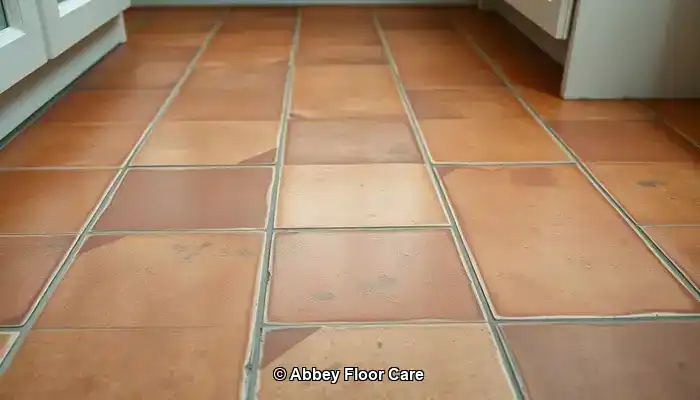
Terracotta tiles are an exceptional flooring choice, particularly suited for traditional or rustic homes throughout Surrey. Their warm hues and natural textures impart distinctive character to any living space. However, despite their aesthetic appeal, terracotta is famous for its propensity to become dirty at a rapid pace. Understanding the various factors that contribute to this challenge is crucial for implementing effective cleaning and maintenance strategies that keep your floors looking pristine.
Pro Tip: Recommended Products for Daily Terracotta Care
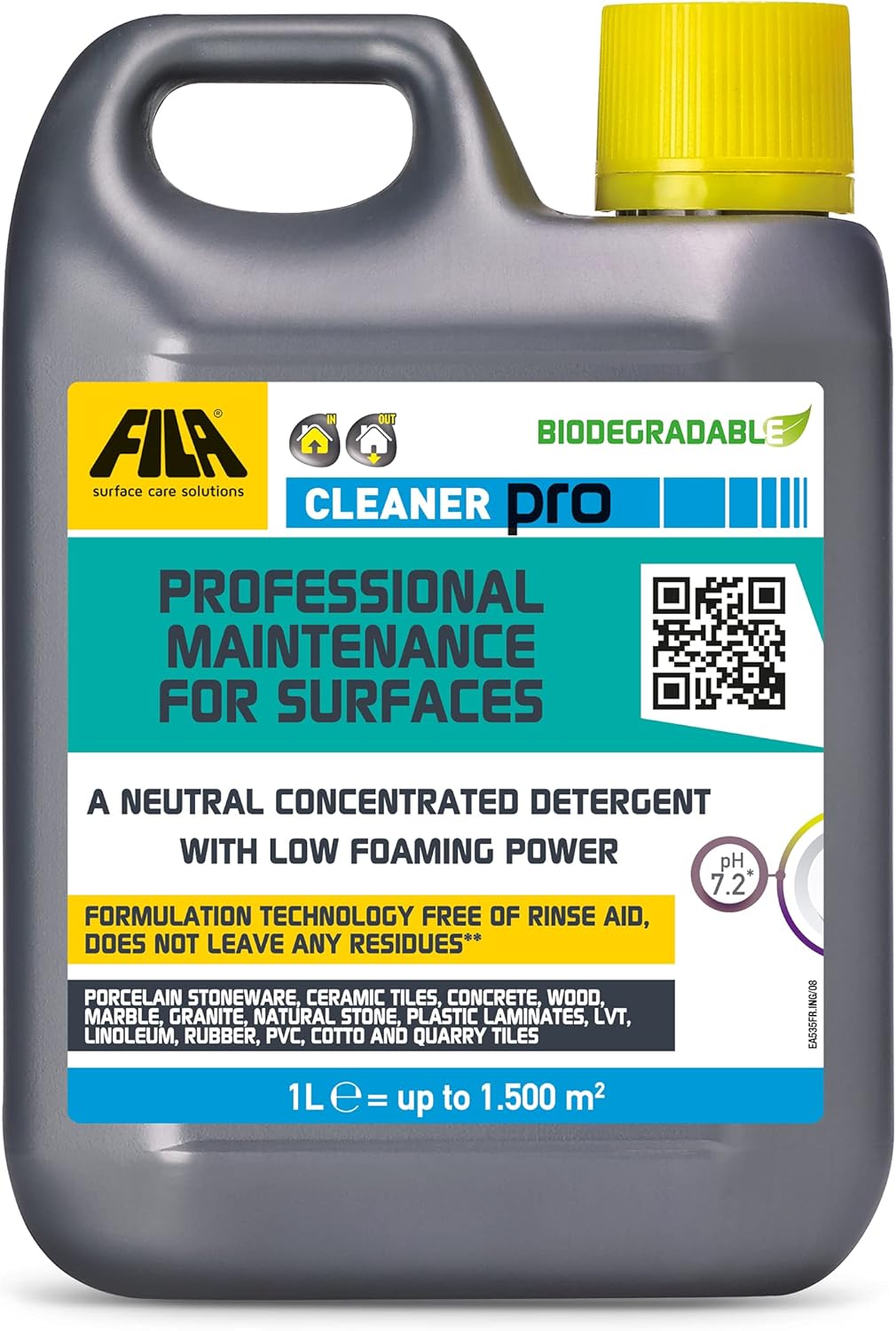
Fila Pro Floor Cleaner
|
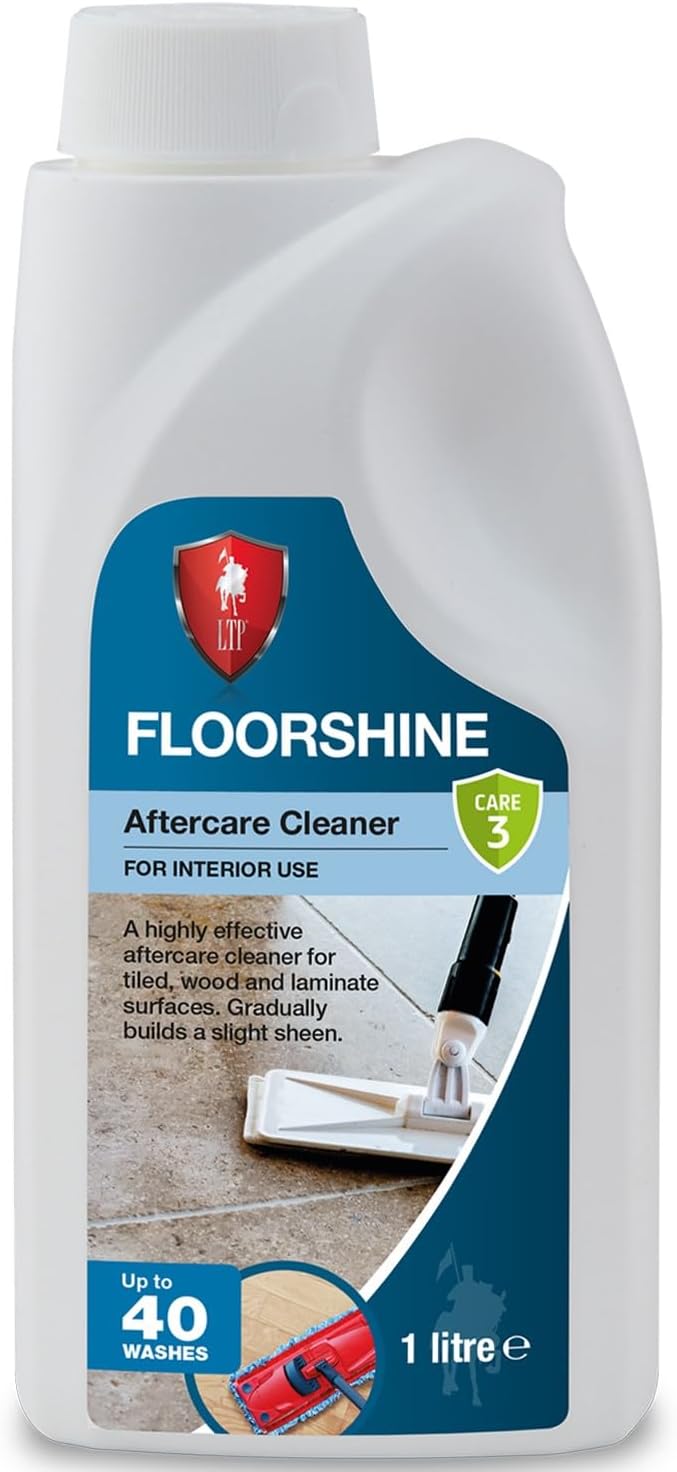
LTP Floorshine
|
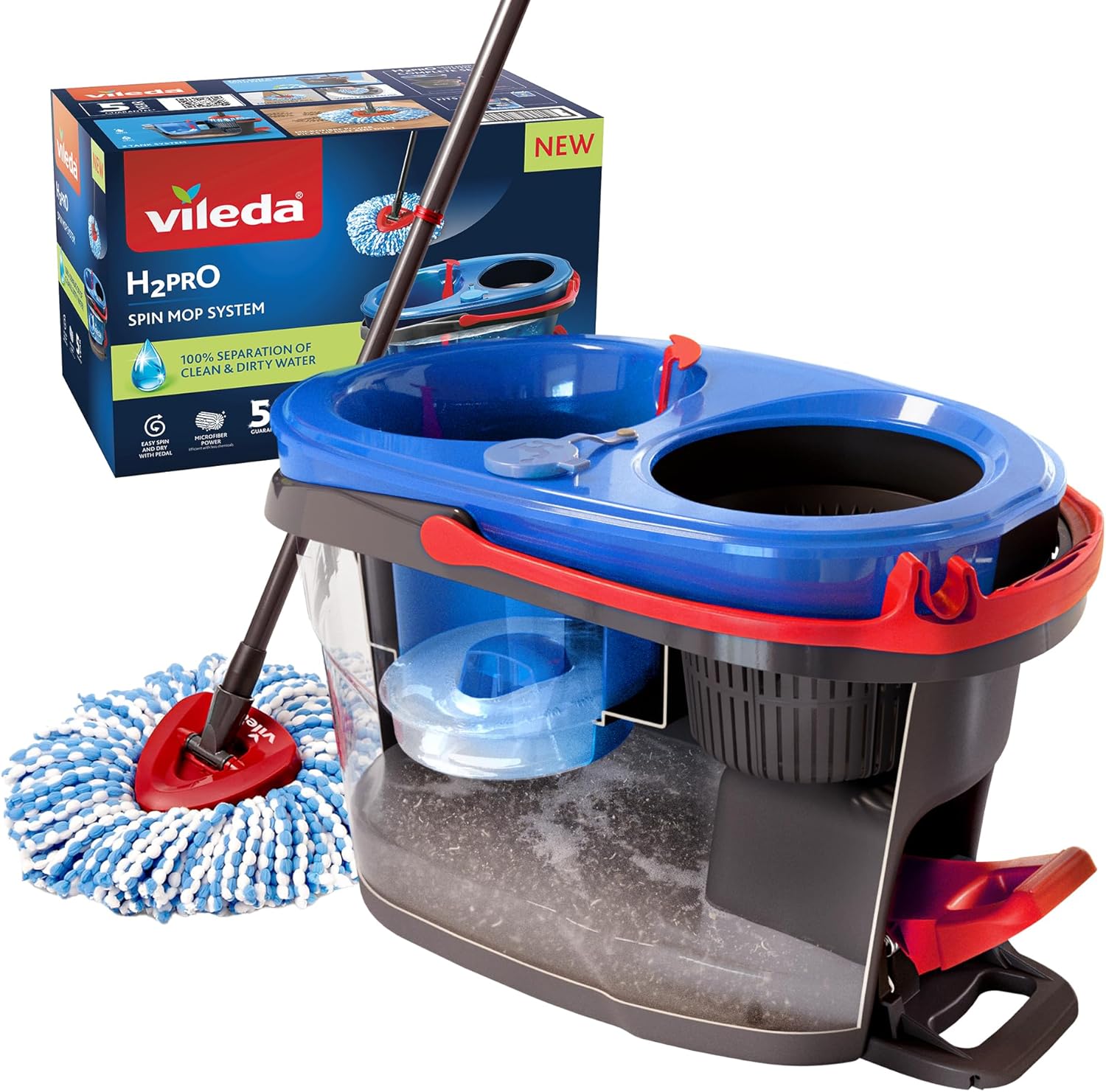
Vileda H2PrO Spin Mop System
|
Exploring Porosity: The Core Reason for Dirt Accumulation
Terracotta is made from natural clay and is fired at lower temperatures compared to other tile types. This firing method results in a porous surface that allows the material to absorb moisture, oils, and dirt, functioning much like a sponge. This inherent porosity implies that grime can infiltrate deeply within the tile, making it increasingly challenging to remove with standard cleaning techniques.
Unsealed terracotta is particularly susceptible to staining. Without a protective barrier, even minor spills or muddy footprints can leave enduring marks. Over time, this can lead to a dull, stained appearance that is often difficult to restore without professional intervention, thus emphasizing the importance of proper sealing and maintenance.
Assessing the Influence of Surrey’s Climate on Dirt Buildup on Terracotta Floors
The weather conditions in Surrey significantly affect the rate at which terracotta floors accumulate dirt. The region’s frequent rainfall and damp conditions contribute to increased moisture indoors, especially in entryways and conservatories.
Homes located near wooded areas or gardens face even greater challenges with dirt accumulation. Soil, pollen, and organic debris can easily be tracked onto terracotta surfaces, particularly if footwear is not removed before entering the home, resulting in a constant battle against dirt.
Identifying Daily Habits That Intensify Dirt Accumulation on Terracotta
Besides environmental influences, daily behaviors can worsen the situation. Utilizing inappropriate cleaning products—such as acidic solutions or bleach—can strip protective coatings and damage the tile’s surface over time. Although steam mops are often favored for their convenience, they can drive moisture deeper into the tile, exacerbating the problem.
High-traffic regions, such as kitchens and hallways, naturally endure more wear and tear. Without regular sweeping and mopping, dirt can accumulate quickly and become ingrained in the textured surface of the tile, making it harder to clean effectively.
Implementing Proactive Techniques for Pristine Terracotta Floors
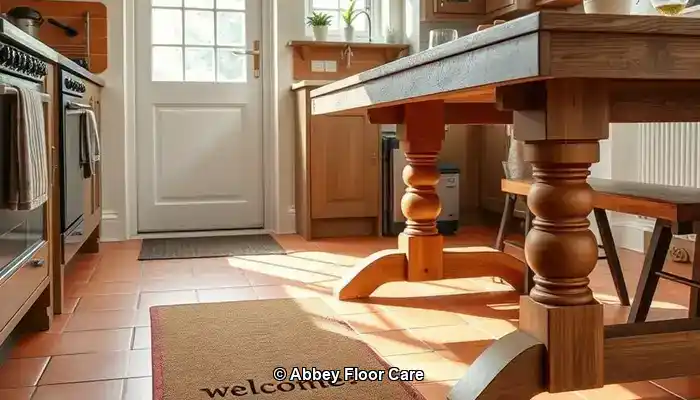
To maintain immaculate terracotta floors, proactive strategies are essential to prevent dirt from settling initially. In homes throughout Surrey, where damp weather and garden-related foot traffic are frequent, adopting preventative measures is crucial to preserve the natural elegance of terracotta tiles.
Applying Sealants to Your Terracotta Tiles: The First Line of Defense Against Dirt and Stains
The most effective way to prevent terracotta from becoming dirty quickly is to apply an appropriate sealant. A high-quality, breathable sealant forms a protective layer that repels moisture, oils, and grime. For households in Surrey, where humidity can fluctuate, sealing is critical to prevent water absorption that may lead to staining and mould growth.
Experts recommend resealing terracotta tiles every 12 to 18 months, depending on foot traffic and moisture exposure. Areas like kitchens, hallways, and conservatories—where frequent use occurs—might require more regular resealing. Always select a sealant specifically designed for porous stone and avoid glossy finishes that can trap dirt on the surface, compromising cleanliness.
Smart Design Choices: Enhancing Protection with Rugs and Mats
Strategically placing rugs and mats can considerably reduce the amount of dirt that reaches your terracotta tiles. Use heavy-duty doormats at entrances to capture mud and moisture before they enter your home. In high-traffic areas, such as hallways or beneath dining tables, area rugs can provide essential protection that guards against wear and tear on the tile.
For rooms connected to outdoor spaces, consider washable runners that can be easily cleaned. These not only shield the tile but also add warmth and visual appeal to your living areas, enhancing the overall atmosphere of your home.
Effective Moisture Control Strategies for Homes Across Surrey
The damp climate in Surrey can accelerate dirt accumulation on terracotta. To combat this, utilize dehumidifiers in enclosed spaces and ensure proper ventilation throughout your home. Promptly clean any spills and avoid leaving wet items, such as shoes or towels, on the floor, as these can contribute to staining and mould development.
If your terracotta is installed in a conservatory or garden room, consider adding blinds or UV filters to minimize condensation and protect against sun damage. These simple yet effective adjustments can significantly impact how your tiles age and maintain their appearance over time.
By combining effective sealing, intelligent design decisions, and moisture management, homeowners in Surrey can greatly slow the rate at which their terracotta floors become dirty. In the next section, we will delve into the best cleaning practices that will help maintain that fresh, natural look every day.
Best Practices for Cleaning Terracotta Tiles Effectively
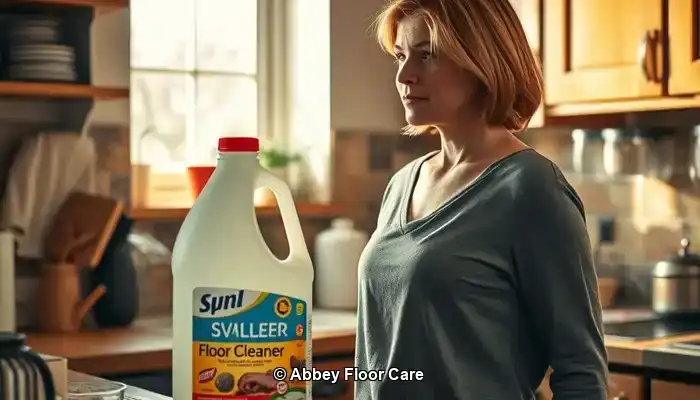
Even with appropriate sealing and preventative measures in place, terracotta floors require regular maintenance to retain their natural beauty. The key lies in using the right techniques and products that effectively clean without damaging the porous surface of the tile.
Establishing a Consistent Daily and Weekly Cleaning Routine for Terracotta Floors
In homes across Surrey, where outdoor elements frequently enter indoors, daily sweeping or vacuuming is imperative. Utilize a soft-bristle broom or a vacuum with a hard floor setting to remove dust, grit, and organic debris before it has a chance to settle into the tile.
For weekly cleaning, mop with warm water and a pH-neutral cleaner specifically designed for natural stone. Avoid soaking the floor—damp mopping is the most effective approach. Excessive water can seep into the tile, leading to staining or mould growth, especially in older or poorly sealed installations, thus emphasizing the need for a careful approach.
Choosing Appropriate Cleaning Products for Your Terracotta Tiles
Select cleaning products that are both gentle and effective. Look for labels that indicate “stone-safe,” “non-acidic,” or “pH-neutral.” In Surrey, where eco-conscious living is increasingly valued, many homeowners prefer biodegradable cleaners that are safe for both pets and children.
Avoid multi-surface cleaners containing bleach, ammonia, or citrus extracts, as these can damage sealants and etch the terracotta, increasing its vulnerability to future staining. For stubborn stains, use a soft cloth with a diluted solution of stone cleaner. Never scrub with abrasive pads or wire brushes, as these can scratch the tile’s surface and create ongoing challenges for future cleaning efforts.
What Cleaning Practices Should Be Avoided? Harsh Chemicals and Steam Cleaning Techniques
While steam mops may seem convenient, they are unsuitable for terracotta. The high heat and moisture can penetrate the tile and weaken the sealant, resulting in long-term damage. Similarly, acidic cleaners such as vinegar or lemon juice—even when diluted—can erode the tile’s surface, leading to discoloration and further issues.
Stick to gentle cleaning methods and always test new products on a small, inconspicuous area before applying them to your flooring to ensure compatibility.
Deciding Between Professional Care and DIY Techniques for Terracotta Maintenance
When it comes to maintaining terracotta floors, many homeowners in Surrey start with DIY methods. While routine sweeping and mopping can be beneficial, there comes a time when professional care becomes not just helpful but essential for preserving the floor’s integrity.
When Is the Right Time to Consult a Tile Specialist in Surrey?
If your terracotta tiles show signs of deep staining, uneven coloration, or surface wear, it may be prudent to seek expert assistance. Professional tile care specialists in Surrey utilize advanced equipment and stone-safe products that penetrate deeper than regular household cleaners. They can also assess whether your sealant has deteriorated and recommend an appropriate resealing schedule tailored to your home’s specific conditions.
Restoration services typically include deep cleaning, stain removal, and reapplication of breathable sealants that protect without altering the tile’s natural appearance. For older or heritage properties, specialists can match the original finish to maintain authenticity and charm.
Evaluating Costs Versus Longevity: Is Professional Care Worth the Investment?
While DIY cleaning may appear more economical initially, it often results in short-term solutions that fail to address underlying issues. Without proper sealing and comprehensive cleaning, dirt continues to accumulate, necessitating more frequent maintenance and risking permanent damage.
In contrast, professional care can extend the lifespan of your terracotta floors significantly. A single restoration session can refresh color, eliminate embedded grime, and safeguard the surface for months or even years. In high-traffic areas, such as kitchens or hallways, this investment is often justified by reduced maintenance efforts and improved visual appeal.
Homeowners in Surrey who prioritize long-term property maintenance and curb appeal often find that expert services provide peace of mind and superior results. Additionally, many local providers offer eco-friendly options and personalized maintenance plans to fit your lifestyle and needs.
Exploring Eco-Friendly and Safe Cleaning Solutions for Terracotta
The natural beauty of terracotta deserves a cleaning routine that aligns with its earthy charm. For homeowners in Surrey seeking to maintain clean floors without compromising health or sustainability, eco-friendly cleaning is the optimal choice. Thankfully, modern products and techniques facilitate the protection of your tiles—and your household—without relying on harsh chemicals.
Utilizing Non-Toxic Sealants and Cleaners for Terracotta Care
Traditional sealants often contain solvents that emit volatile organic compounds (VOCs), which can linger in the air and negatively impact indoor air quality. Contemporary eco-friendly alternatives utilize water-based formulas that are low in VOCs and safe for use around children and pets, ensuring a healthier living environment.
When selecting a cleaner, look for labels that indicate “biodegradable,” “plant-based,” or “stone-safe.” These products are specifically formulated to lift dirt without harming the porous surface of terracotta. Brands specializing in natural stone care typically provide concentrated solutions that can be diluted for everyday use, reducing waste and packaging.
Choosing Pet- and Child-Safe Cleaning Options for Your Home
In busy Surrey households, safety is just as crucial as cleanliness. Avoid using bleach, ammonia, and acidic cleaners like vinegar, as these can damage the tile and pose risks to pets and young children. Instead, opt for gentle formulations made from coconut oil derivatives, citrus enzymes, or mineral-based ingredients.
For those interested in DIY cleaning, a simple mix of warm water and a few drops of castile soap can be surprisingly effective for light cleaning tasks. However, always test any homemade solution on a small area first to ensure it does not adversely affect the sealant or finish.
Adopting Sustainable Cleaning Practices for Terracotta Maintenance
Eco-friendly care extends beyond just the products utilized; it also encompasses the habits we cultivate. Use reusable microfiber cloths and mops instead of disposable pads. Regular sweeping can significantly reduce the need for frequent wet cleaning. When resealing, choose products that use recyclable packaging and have minimal environmental impact.
Many professionals in Surrey now offer green cleaning packages that employ certified non-toxic products and sustainable techniques. If you are unsure where to begin, booking a consultation with a local expert can help you establish a routine that is both effective and eco-conscious.
Maintaining the Visual Appeal of Your Terracotta Floors
Terracotta flooring brings warmth, character, and timeless beauty to homes in Surrey; however, its porous nature requires diligent care to remain clean and vibrant. By understanding the reasons behind dirt accumulation, effectively sealing the tiles, and adopting smart cleaning habits, you can significantly reduce grime build-up and extend the life of your tiles.
Whether managing a busy household or restoring a heritage property, consistency is paramount. Daily sweeping, pH-neutral cleaning, and seasonal resealing can create a noticeable difference in maintaining a well-kept surface. And when stains or wear begin to manifest, do not hesitate to consult a local specialist for professional restoration services.
Utilizing eco-friendly products and safe cleaning routines ensures that your floors not only maintain their beauty but also safeguard your health and the environment. With the right approach, terracotta can remain a stunning feature in your home for many years to come.
Ready to protect your floors intelligently? Contact us today for expert terracotta maintenance tailored to the specific conditions of Surrey. Let’s work together to keep your home looking its best—naturally.
Your Top Questions Answered About Terracotta Maintenance
While terracotta floors are timeless, they require specific care to remain clean and visually appealing. Below are answers to the most frequently asked questions from homeowners in Surrey who want to keep their tiles clean and protected.
How Often Should I Reseal My Terracotta Tiles for Optimal Protection?
In most homes across Surrey, terracotta should be resealed every 12 to 18 months. However, this timeline may vary depending on foot traffic, moisture exposure, and whether the tiles are indoors or outdoors. Areas such as kitchens, hallways, and conservatories may necessitate more frequent resealing. If your tiles start absorbing water or appear dull, it’s time to reseal.
Is It Safe to Use Vinegar or Bleach on Terracotta Floors?
No—vinegar, bleach, and other harsh or acidic cleaners can damage terracotta. These substances can degrade sealants and etch the tile surface, leading to permanent discoloration. Always opt for pH-neutral, stone-safe cleaners formulated specifically for porous flooring.
What is the Best Mop for Cleaning Terracotta Floors Effectively?
A microfiber mop is ideal for terracotta. It effectively captures dust and dirt without scratching the surface and uses minimal water, which is crucial for porous tiles like terracotta. Avoid sponge mops or steam mops, as these can oversaturate the tile and weaken the sealant.
Are DIY Cleaning Solutions Safe to Use on Terracotta?
Yes, but with caution. A mild mixture of warm water and castile soap can work well for light cleaning. Always test any homemade solution on a small, hidden area first. Avoid using anything acidic or abrasive, and never apply homemade cleaners to unsealed tiles.
What Should I Do If My Tiles Have Already Stained?
If stains have set in, professional restoration is the most effective solution. Specialists in Surrey can deep clean, remove embedded grime, and reseal the surface to restore the tile’s original color and texture. DIY methods may worsen the damage if inappropriate products are used.
The Article Tired of Dirty Terracotta? How to Keep It Clean Longer first found on https://www.abbeyfloorcare.co.uk
The Article Terracotta Cleaning Tips for Lasting Freshness appeared first on https://fabritec.org
The Article Terracotta Cleaning Tips for Long-Lasting Freshness Was Found On https://limitsofstrategy.com
The Article Terracotta Cleaning Tips for Enduring Freshness First Appeared ON
: https://ad4sc.com
2 Responses
Your insights on maintaining terracotta floors truly resonate with me, especially given their unique charm and the challenges they present in terms of upkeep. I’ve often found myself mesmerized by the rich hues and textures of terracotta when visiting my friends’ homes, but their porous nature is indeed a cause for concern. It’s interesting how a beautiful design choice can come with such a considerable maintenance commitment, particularly in humid environments like Surrey.
I completely understand the allure of terracotta floors; they truly have a warmth and character that can transform a space. I often find myself getting lost in their intricate colors and textures, too. You’re right about the upkeep—it’s a bit of a balancing act, especially in a place like Surrey where humidity can play a significant role in how they wear over time.